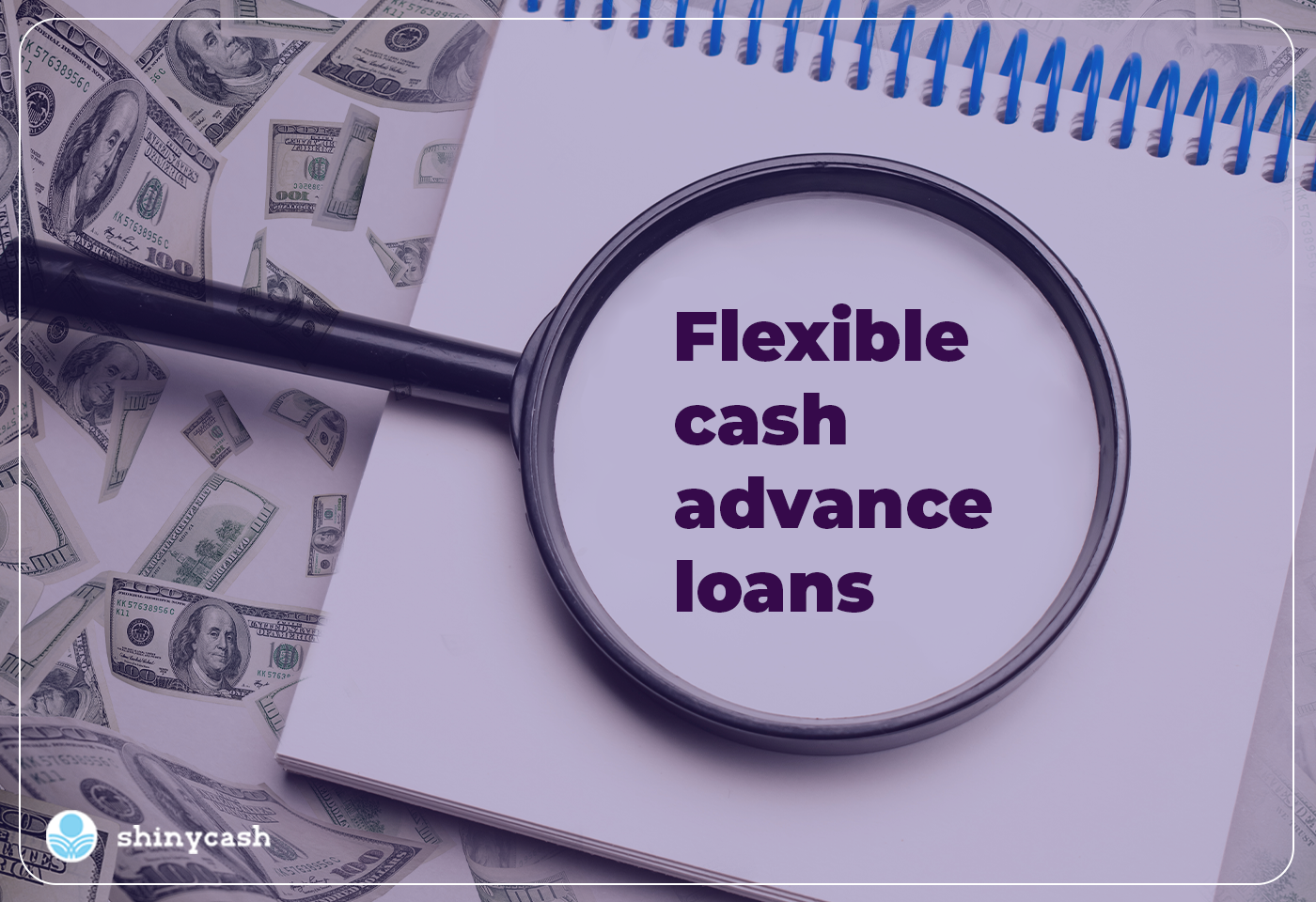What is a School Loan?
When you're set to graduate from high school, it might feel like everyone wants you to continue your education, but no one can tell you how to pay the fee. This is when the demand for school loans increases. A school loan or a student loan is a sum of money obtained from the government or a private lender to pay for school.
People apply for government student loans by completing the Free Application for Federal Student Aid (FAFSA). It is obligatory to fill out the form with their financial information, which is subsequently forwarded to the students' preferred institutions. To obtain student loans from the private sector, customers should apply straight from the lender. However, for both government and private loans, the student must sign a promissory note.
What is a Promissory Note?
A promissory note is a type of debt document that contains a written commitment by a client to pay the lender a certain amount of money, either on-demand or at a future date. The paper also describes the borrowing's terms and conditions.
This document is known as the Master Promissory Note in the case of student loans (MPN). Borrowers may obtain more than one loan under one MPN for a period of ten years to pay for educational fees if the college is permitted to use the MPN in this method.
Federal Student Loans vs Private Student Loans
Federal student loans are suggested by the government with legally mandated terms and conditions. These products have several advantages, like low-interest rates, income-driven repayment schemes, and so on. Private loans are made by banks, credit unions, and internet lenders, and the terms and conditions are specified by the lender. These debts are typically more expensive than government student loans.
More About Federal Student Loans
There are three kinds of federal student loans for college:
- Loans with Direct Subsidies
- Unsubsidized Direct Loans
- Direct PLUS Loans.
If you are an undergraduate, the maximum you may borrow in Direct Subsidized and Unsubsidized Direct Loans per year varies from $5,500 to $12,500, depending on your academic year. You can borrow up to $20,500 if you are a graduate or professional. Borrowers are not required to pass a hard pull to be approved for a federal student loan. Eligibility is based on financial need.
More About Private Student Loans
Private loans, unlike government ones, are not based on financial necessity. To obtain a private student loan, borrowers should confirm their creditworthiness by passing a hard pull. If they have no or bad financial history, lenders may require a cosigner on money. Borrowing limitations on private loans may be greater than those on government ones.
Bad Credit School Loans
Having bad or no credit might be a huge impediment when you need to borrow money. However, based on the facts provided, we may conclude that both sectors can give student loans to those with poor scores. However, if the borrower has poor financial history, additional restrictions may apply that the consumer must satisfy.
Online Bad Credit School Loans
It is vital to highlight that internet lending, which offers all forms of debts, is the most convenient way to obtain funds and pay for stuff like our college fees. Customers may apply online by simply filling out an online application form, providing some evidence of income, mentioning the purpose of the debt, and submitting the completed form. Online lenders typically study the case within minutes and respond by email in a timely manner. Furthermore, internet money is suitable for those with poor scores and does not necessitate a hard pull. You should conduct extensive research on the internet to pick the one that best meets your demands. Pay attention to interest rates, terms, and other information to avoid becoming trapped in a debt cycle in the future. Make sure you understand your fund details and get in touch with your lender if you have any questions.
What is a Credit?
Credit is the trust that permits one side to lend financial means to another side. The second party promises to repay or return those resources later rather than immediately. It is also defined as a commercial arrangement in which a borrower can buy goods or services now and accept to repay the lender later - usually with interest.
A person's credit history is divided into two categories: bad and good. In addition, credit is often classified into five levels: excellent, very good, good, fair, and poor. Borrowers with a good score may fall into excellent, very good, or good categories; otherwise, they have a bad financial score.
What is a Credit Score?
A credit score is a numerical measure of the client's creditworthiness as reflected in the financial history. Lenders use these ratings to determine whether or not a borrower is a reliable client. These scores range from 300 to 850. The standard categorization is as follows:
- 800 to 850 is excellent.
- 740 to 799 is very good.
- 670–739 is good.
- 580 to 669 is fair.
- 300–579 is poor.
Your score directly impacts how much or how little you may pay for any lines of credit you obtain.
Bad Credit vs No Credit
There may be circumstances when consumers have no financial history. You may be wondering which is worse: having bad credit or having no credit history. Actually, neither is okay. Both of these make it impossible to obtain money. However, having bad scores is worse than having no account. If you don't have any history, you may start from scratch and build your history.
Summary
A comparison of student loans does not provide a one-size-fits-all solution. Before determining how to fund your education, it is critical to understand the distinctions between private student loans and federal loans as they pertain to you and your entire financial situation.

.jpg)
.jpg)






.jpg)

